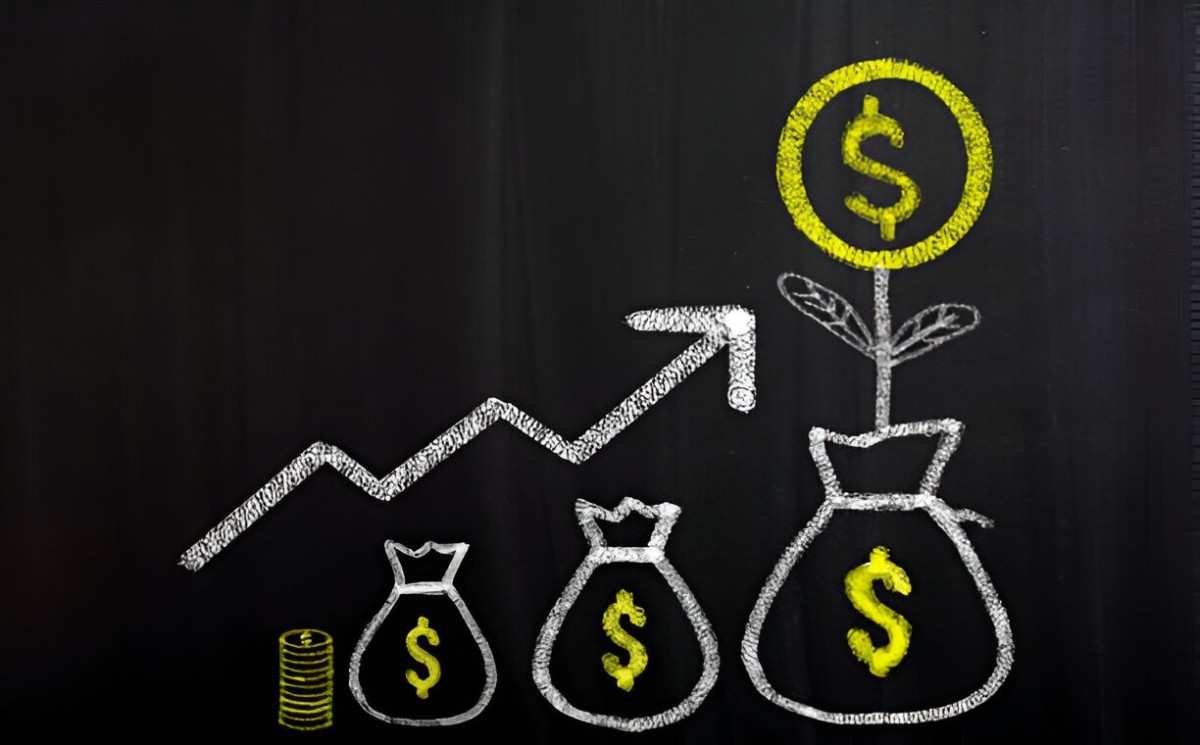As an investor, you may have noticed your mutual fund’s expense ratio creeping upward over time. This isn’t just an illusion – expense ratios really are rising across much of the industry. Let me explain why this is happening and how it affects your returns.
Table of Contents
The Rising Cost of Mutual Fund Ownership
Expense ratios represent the annual fee you pay to own a mutual fund, expressed as a percentage of your assets. While many index funds have driven costs down, numerous actively managed funds have seen their expense ratios increase in recent years. Consider these findings from Investment Company Institute data:
- The average equity fund expense ratio increased from 0.74% in 2020 to 0.82% in 2023
- Bond fund expenses rose from 0.57% to 0.63% over the same period
- Target-date funds saw costs jump from 0.37% to 0.45%
Why Expense Ratios Are Climbing
Several structural factors are driving these increases:
1. Active Management Underperformance
Actively managed funds facing redemption pressures often raise fees to maintain revenue as assets shrink. The math is simple:
\text{Fund Revenue} = \text{Assets Under Management} \times \text{Expense Ratio}When AUM declines, funds may increase the expense ratio to compensate.
2. Regulatory Compliance Costs
New SEC rules like the 2022 Private Fund Adviser Rules and 2023 Cybersecurity Requirements have forced funds to spend more on:
- Legal compliance teams
- Cybersecurity infrastructure
- Disclosure documentation
These costs get passed to investors through higher expense ratios.
3. The Active-to-Passive Shift
As assets flee to cheaper index funds, remaining active fund shareholders bear a larger portion of fixed costs:
\text{Effective Expense Ratio} = \frac{\text{Fund's Fixed Costs}}{\text{Shrinking AUM}}4. Performance Fee Structures
Some funds charge higher fees when outperforming benchmarks. Strong markets have triggered these performance-based increases.
The Impact on Your Portfolio
A seemingly small increase can have dramatic long-term effects:
| Expense Ratio | 20-Year Cost on $100,000 Investment |
|---|---|
| 0.25% | $5,000 |
| 0.50% | $10,000 |
| 1.00% | $20,000 |
| 1.50% | $30,000 |
What Investors Should Do
- Review Your Holdings Annually
- Compare each fund’s expense ratio to its category average
- Watch for fee increases in annual prospectus updates
- Consider Lower-Cost Alternatives
- Index funds average just 0.12% expense ratios
- ETFs often provide similar exposure at lower cost
- Evaluate Whether Active Management Is Worth It
- Fewer than 20% of active funds beat their benchmarks after fees
- The higher the expense ratio, the harder outperformance becomes
- Beware of “Fee Creep”
- Some funds gradually increase expenses hoping investors won’t notice
- Set calendar reminders to review fees annually
The Bottom Line
Rising expense ratios represent a silent wealth transfer from investors to fund companies. By staying vigilant about costs and periodically reassessing your fund lineup, you can avoid letting increasing fees erode your returns. In today’s market, every basis point matters more than ever.





